|
Introduction In recent years, there has been a significant shift in drinking habits, with a rising trend towards low and no alcohol options. This movement, often referred to as the "new sobriety," has given birth to an array of zero-proof craft cocktails and sober bars across the nation. As we delve into the research, it's clear that this shift is not merely a passing fad but a societal transformation, driven by a growing population of "sober-curious" individuals, particularly among Millennials and Generation Z. The Sober-Curious Movement No longer confined to just "Drynuary" or "Sober October," the "sober curious" movement is a key driver behind the increasing interest in low and no-alcohol alternatives. This movement encourages consumers to be more intentional about their drinking habits, fostering a curiosity about the potential benefits of reducing or eliminating alcohol consumption. Recent surveys indicate that nearly half of consumers express interest in low-alcohol cocktails. This growing curiosity is reshaping consumer preferences and influencing the beverage industry to innovate and cater to a more mindful and health-conscious audience. Sober Bars: A New Social Landscape: Major cities are witnessing the establishment of sober bars, creating a space for individuals to socialize without the presence of alcohol. Notable examples include Hekate in NYC and Sans Bar in Austin, Texas. Canadian Bars such as Toronto's ZERO Cocktail Bar and Beeves, a Booze-Free Bottle Shop and Beverage Room in British Columbia are taking advantage of non-alcoholic spirits, crafting innovative cocktails using locally sourced ingredients. These venues offer an environment where patrons can enjoy music, conversation, and entertainment without the pressure to consume alcohol. The rise of sober bars signifies a paradigm shift, with non-alcoholic options becoming as commonplace as gluten-free and vegetarian items on restaurant menus. This development not only caters to those who choose to abstain from alcohol but also provides inclusive spaces for socializing that extend beyond traditional bars and pubs. No- and Low-ABV Market Growth According to IWSR Drinks Market Analysis, the no- and low-alcohol category's value surpassed USD$11 billion in 2022, up from USD$8 billion in 2018. The growth is expected to accelerate, with a forecasted compound annual growth rate (CAGR) of seven percent in 2022-26, compared to five percent in 2018-22. Non-alcoholic products, especially beer and cider, are spearheading this growth, contributing nearly 70 percent to the overall no/low-alcohol growth between 2022 and 2026. Innovations in Non-Alcoholic Products In the realm of non-alcoholic spirits, innovations are catching up with consumer demand. The success story of Mingle Mocktails, a line of sparkling mocktails, underscores the growing demand for non-alcoholic options. Started by Laura Taylor as a response to her personal journey of quitting alcohol, Mingle has become the fastest-growing non-alcoholic spirits brand. Guinness 0, a non-alcoholic draught, emphasizes retaining the distinctive taste of Guinness through a cold filtration process. Spirit producers like Seedlip offer distilled non-alcoholic spirits, showcasing the industry's commitment to providing sophisticated alternatives. Ritual Zero Proof was created to be the first American-made true liquor replacement to use all-natural botanicals to echo the flavor and burn of liquor – without the alcohol or calories. Wilderton is reimagining spirits that are complex and bold, aromatic and adventurous, and sourced from nature’s finest botanicals - all without alcohol. Booze-Free Cocktail Lists Prove Profitable: Bars and restaurants are increasingly incorporating non-alcoholic options into their menus, responding to the demand for creative and flavorful non-alcoholic cocktails. Sartiano's, Soho’s newest dining hotspot from hospitality magnate Scott Sartiano at the Mercer Hotel, and other hotel bars offer robust no- and low-ABV beverage menus, enhancing the overall customer experience. In Los Angeles, The Melrose Umbrella Company, a cocktail bar that brings the social cocktail experience back to the basics, has an anything but basic Non-alcoholic Menu. By serving mocktails, establishments can broaden their customer base, increase customer loyalty, and cater to the preferences of the sober-curious consumer. Zero-Proof Craft Cocktails Take Center Stage: As we peruse menus across the nation, it's becoming increasingly common to spot zero-proof craft cocktails that promise an authentic spirit flavor without the alcohol content. A noteworthy example is the 'No Way Jose' and 'Designated Mule' offered by establishments like Not Your Average Joe's. These beverages are crafted with precision, utilizing a variety of ingredients to recreate the complex and nuanced flavors often associated with traditional cocktails. This trend is indicative of a growing demand for sophisticated, alcohol-free alternatives that cater to a diverse range of tastes. Conclusion
The rise of low and no-alcohol options, accompanied by the emergence of sober bars, reflects a fundamental shift in societal attitudes toward drinking. As Millennials and Generation Z continue to drive this trend forward, the no- and low-alcohol market is poised for substantial growth. From innovative non-alcoholic spirits to the success of brands like Mingle Mocktails, the industry is evolving to meet the demands of a more health-conscious and mindful consumer base. As we move into the future, the landscape of social drinking is likely to be defined by inclusivity, creativity, and a genuine understanding of diverse consumer preferences. Our beverage experts at Matrix Restaurant Consulting are here to partner with you in creating the ultimate low and no-alcoholic options for your operation. Contact Us and Let's Talk #restaurants #restauranttrends #beverages #beveragetrends #newsobriety #dryjanuary #drynuary #soberoctober #nonalcholic #cocktails
0 Comments
Your comment will be posted after it is approved.
Leave a Reply. |
The Latest Industry News.Restaurant Industry Blog | Archives
March 2024
Restaurant Industry Blog | Categories
All
|
|
|
Matrix Restaurant Consulting | A Full Service Restaurant Consulting Group
Nashville, TN © 2024 Matrix Restaurant Consulting, LLC. All Rights Reserved. |
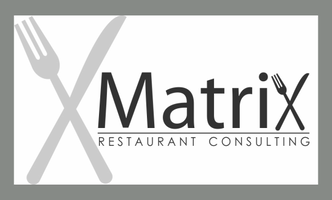
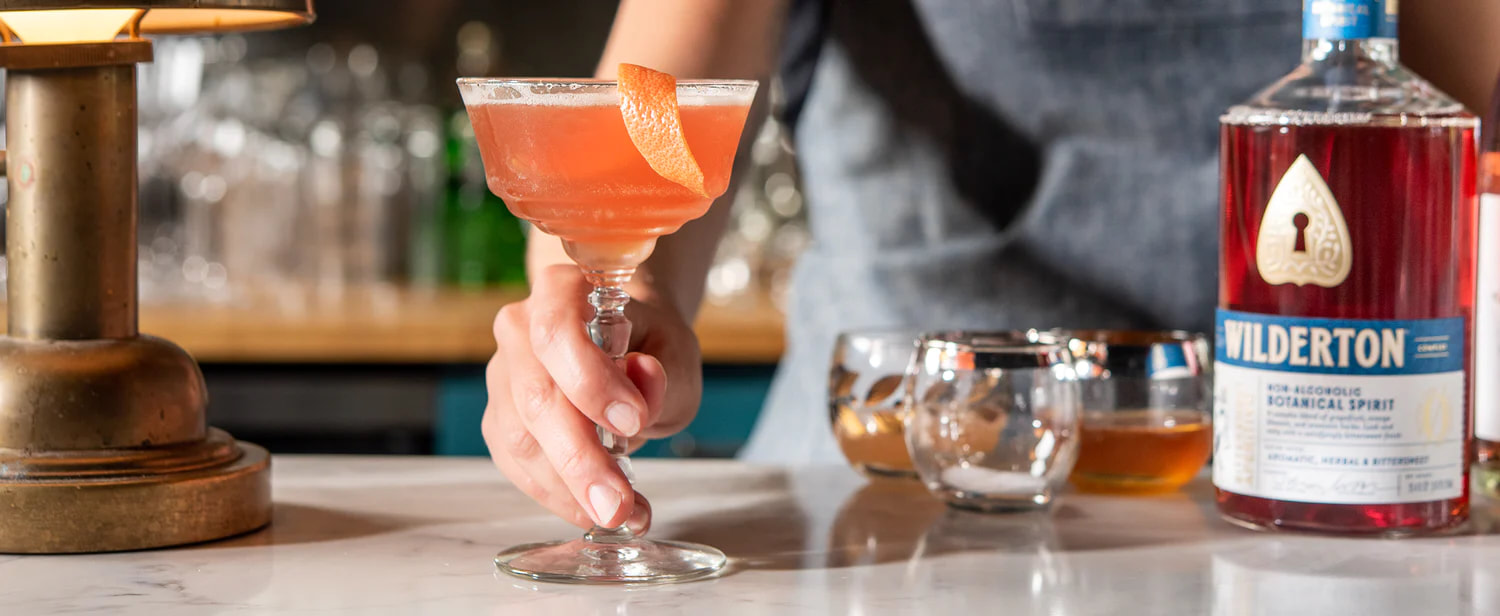
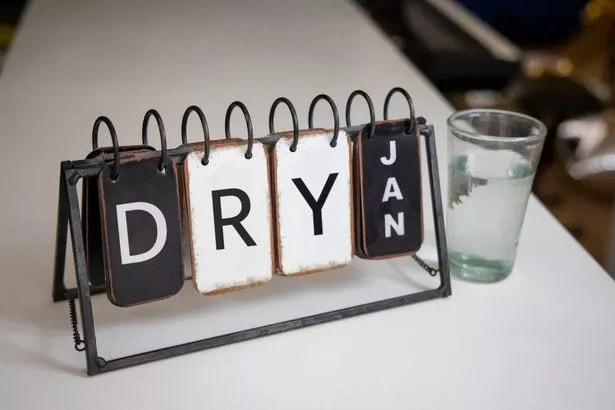
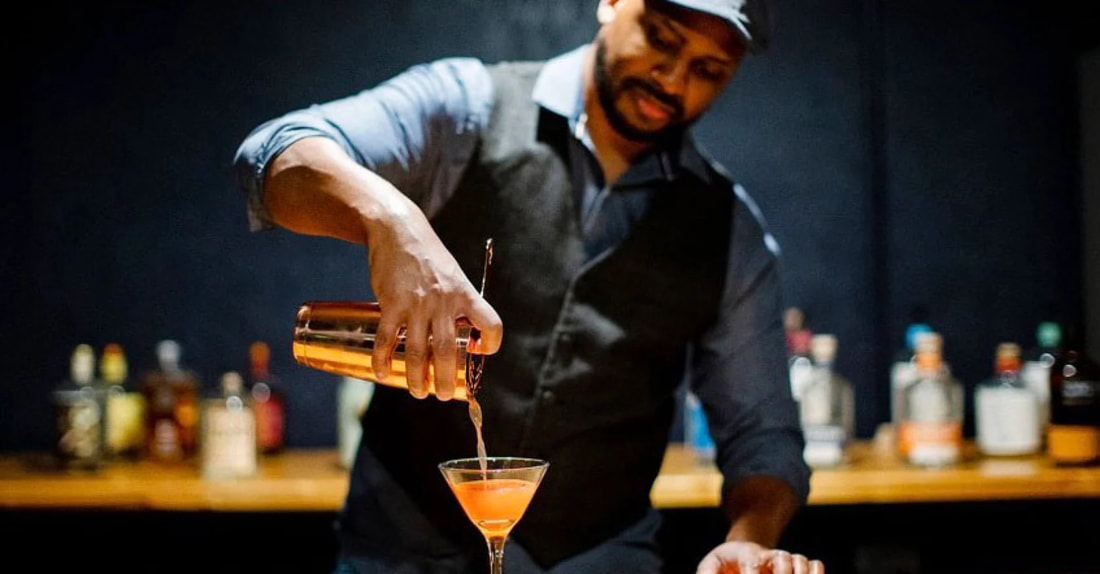
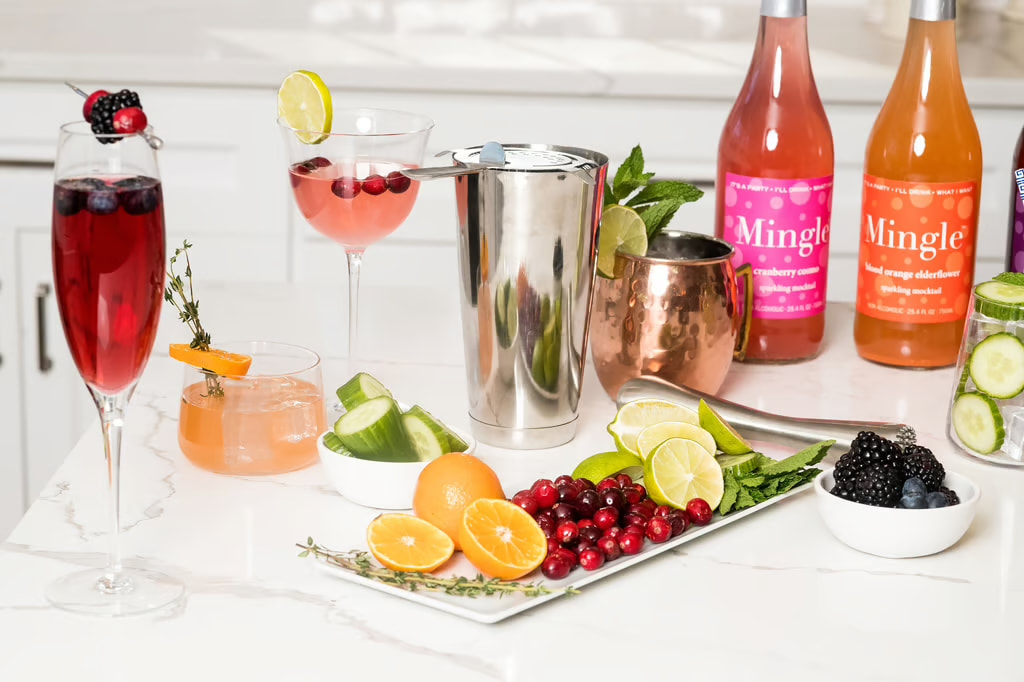
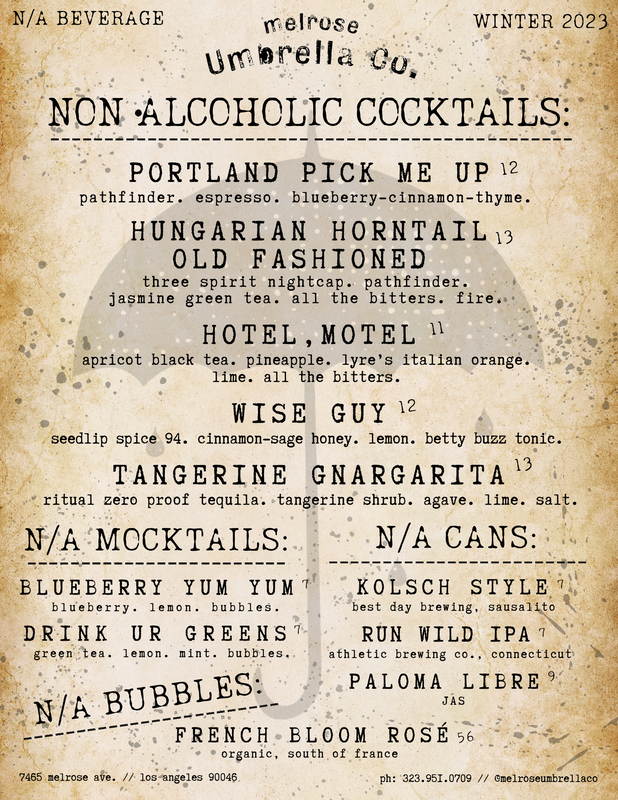
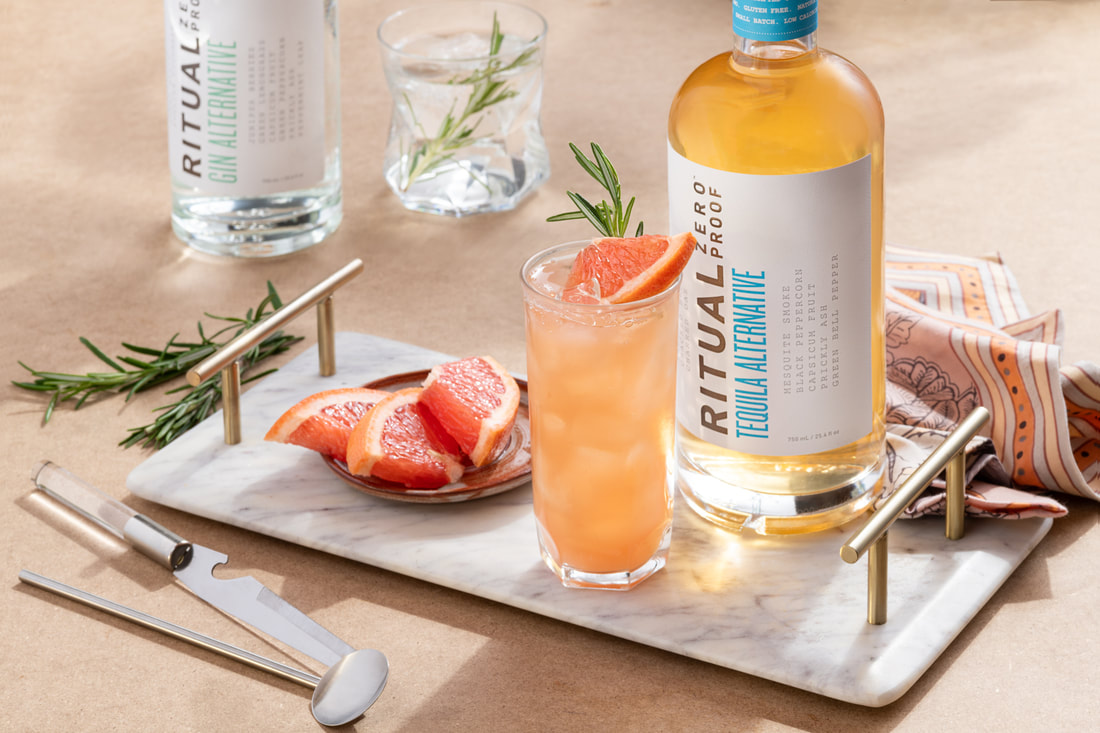
 RSS Feed
RSS Feed